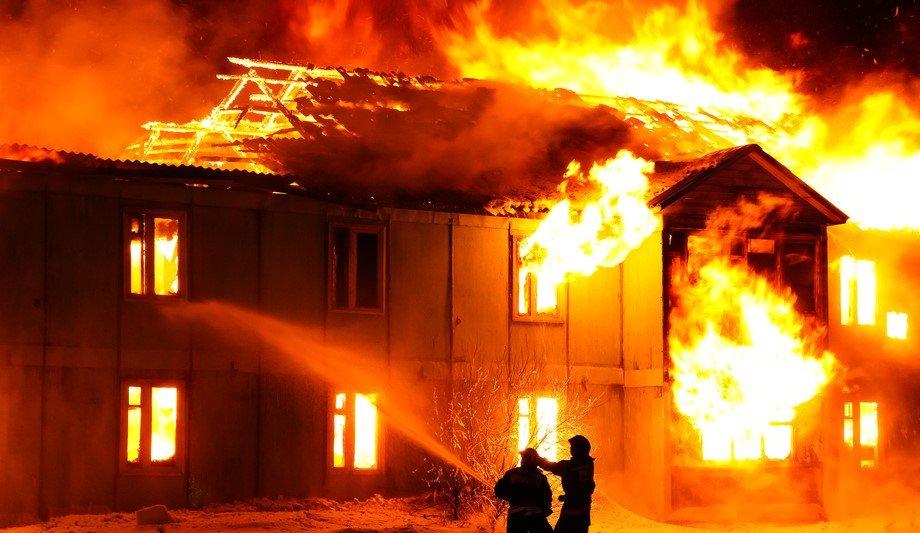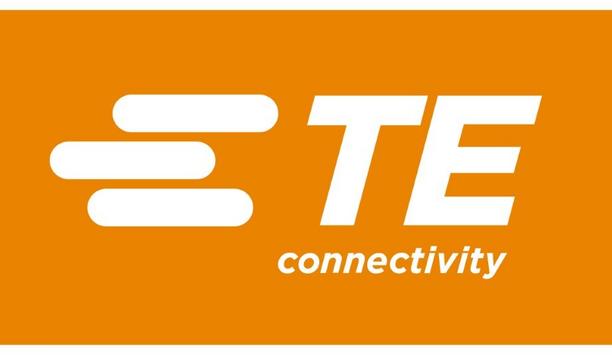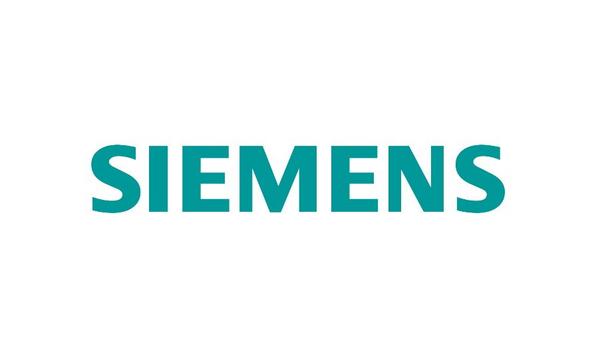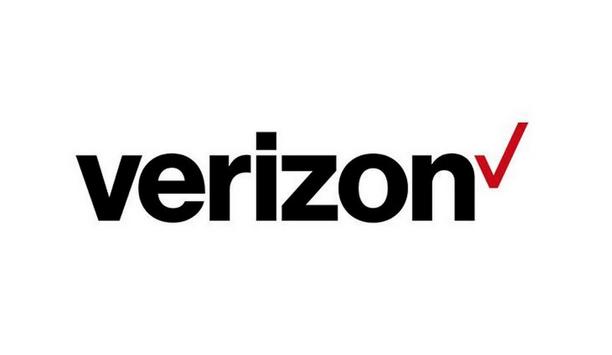The National Fire Protection Association® (NFPA®) released its third annual Industry Trends Survey, which reveals skilled worker sentiments around the current state of labor, training, and technology on the job site.
The survey provides a look at what the skilled trades industry can expect in each of these areas in 2025.
skilled labor shortage: top concern in 2025
Exactly half of skilled tradespeople identified a shortage of qualified candidates as the top challenge for workers this year. This is a 3 percent decrease from the year prior, indicating that, despite the continued need to increase staffing in the industry, some workers are starting to feel relief from this challenge.
Skilled labor shortage concerns primarily stem from worker retirement and workforce retention challenges, with 31 percent of workers citing each of these as major challenges when it comes to workforce staffing.
Impact on budget
37 percent of respondents anticipate their organization’s budget will be focused on increased hiring
As a result, the skilled labor shortage will continue to impact organizations’ budgets in 2025. For example, 37 percent of respondents anticipate their organization’s budget will be focused on increased hiring to add or replace jobs, down 3 percent from 2024.
Training will also become a heightened focus for organizations, with 18 percent of respondents planning to budget for increased training for employees.
Talent development
“Addressing the skilled labor shortage is not just a challenge, but an opportunity to invest in the future of our workforce,” said Jim Pauley, NFPA President and CEO.
“In 2025, we can expect to see more organizations focused on talent development, embracing innovation, and supporting education and training initiatives to help bridge the gap and ensure sustainable growth for the industry.”
Technology adoption: efficiency and communication
Looking towards 2025, almost half (46 percent) of respondents plan to adopt more digital tools within their day-to-day operations, an uptick of 9 percent from 2024.
Currently, 38 percent of respondents feel a lack of job-enabling technology is one of their top challenges at work, followed by a lack of knowledge sharing and collaboration on the job site (31 percent), indicating that increased technology adoption will better support workers already stretched thin from labor shortages.
Barriers to adoption
Despite an increase in willingness to use these technologies, there remain barriers to adoption and concerns around how to properly implement technological innovations:
- 44 percent of respondents cited the cost of implementation as the primary obstacle to adopting new technologies, followed by lack of training or knowledge (25 percent).
- 20 percent of skilled trade professionals believe there will be pushback within the industry to adopt new technologies, while only around 10 percent of respondents cited a lack of availability/access as a primary barrier.
Training and certification programs: a top priority for 2025
54 percent of respondents planning to participate in more training sessions than in 2024
Training, both in new technologies and in specialized skills and knowledge, is top of mind for skilled workers in 2025. Industry professionals are doubling down on training and certifications, with over half (54 percent) of respondents planning to participate in more training sessions than in 2024.
Fifty-two percent of industry professionals plan to make this same increase in certifications, a 10 percent increase from last year.
Benefits of participation
When asked about the career and professional development benefits of participating in professional organizations or trade association memberships, respondents noted the following:
- 51 percent cited networking opportunities with industry professionals and training programs, respectively, as the most valuable aspects of their membership.
- 47 percent cited access to industry resources and publications.
- 22 percent cited advocacy for industry-related issues and regulations.
Investing in professional growth
“To stay competitive in the fire, electrical, and life safety industries, organizations must not only embrace technology but invest deeply in training and certifying their workers,” continued Pauley.
“The increased interest from skilled workers in networking through professional organizations is encouraging and shows the value our workforce places on investing in their professional growth.”
Methodology
NFPA collected responses from 358 U.S.-based workers, 18 years and older in the electrical, manufacturing, construction, engineering, architect/design, facility maintenance, fire service, and insurance/risk management fields, via a third-party provider to determine findings of its 2025 Industry Trends Survey.
The survey was conducted between November 5, 2024– November 12, 2024.







